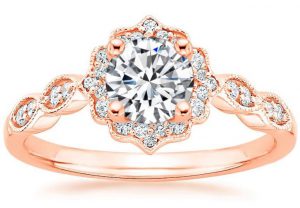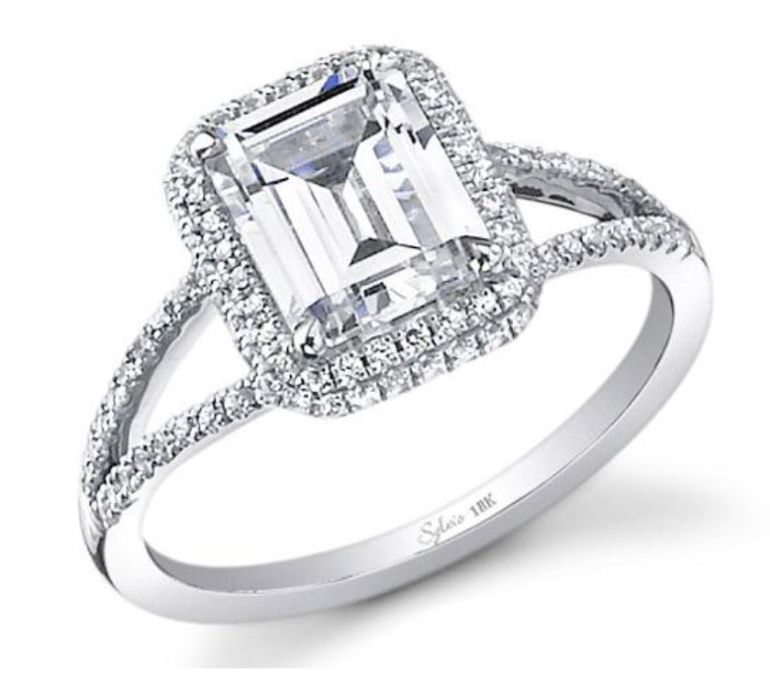An engagement ring is an indicator that the person who adorns it has become engaged to get married to a specific person in the near future. This is quite prominent in Western cultures. Engagement rings are mostly worn by women and they tend to feature diamonds or other types of gemstones. Some cultures, on the other hand, have men and women wearing matching rings as an indication of their engagement while in some other cultures still, engagement rings are used simultaneously as wedding rings.
There is no denying that traditionally, engagement rings are primarily for women. While this may have been readily acceptable in the past decades where most women were reliant on men as the breadwinners, gender implications accompanying engagement rings presently can be problematic. The act of giving an engagement ring is a display of gender roles, that is; ownership and control of the female by the male. The male puts a ring on her as a symbol to the world around him that that woman is his.
Traditionally, engagement rings were meant to indicate possession of a woman by a man. While this outlook may be a thing of the past now, the woman is undeniably the only one who publicly wears a symbol of ownership for the entire world to see, therefore, it would not be unfair to conclude that nothing has really changed in regard to the symbolism of engagement rings.
 This dynamic is evident in our current societal settings. Ask the ladies how many times they have seen a guy staring at their engagement finger as they are beginning a conversation as a way of finding out if they already belong to someone else before voicing their interest. In this case then, women who are trying to avoid interaction with men in a certain setting, for example, a bar, can wear a ring on their engagement finger to deter men by letting them know that ‘she is taken’.
This dynamic is evident in our current societal settings. Ask the ladies how many times they have seen a guy staring at their engagement finger as they are beginning a conversation as a way of finding out if they already belong to someone else before voicing their interest. In this case then, women who are trying to avoid interaction with men in a certain setting, for example, a bar, can wear a ring on their engagement finger to deter men by letting them know that ‘she is taken’.
A problematic trend I have noted when it comes to engagement rings is that the man has to be the one buying it even though the woman might be earning much more than they are. The man is supposed to spend thousands of dollars in order to prove their ability to provide, which makes the practice every bit as archaic as it has been for years; by supporting the notion that the male in every relationship has to be ‘the provider’. It is a common assumption that the bigger the ring, the better the male will be at raising a family.
If you think about it, an engagement is a beautiful gesture, but realistically you do not need a diamond ring to prepare you for marriage. Regardless, women are still collectively attached to the supposed status that an engagement ring bestows on them. Had this not been the case, we would see most women inclined to receive deeper symbols of commitment or more concrete and permanent symbols of that commitment. For example, matching tattoos.

